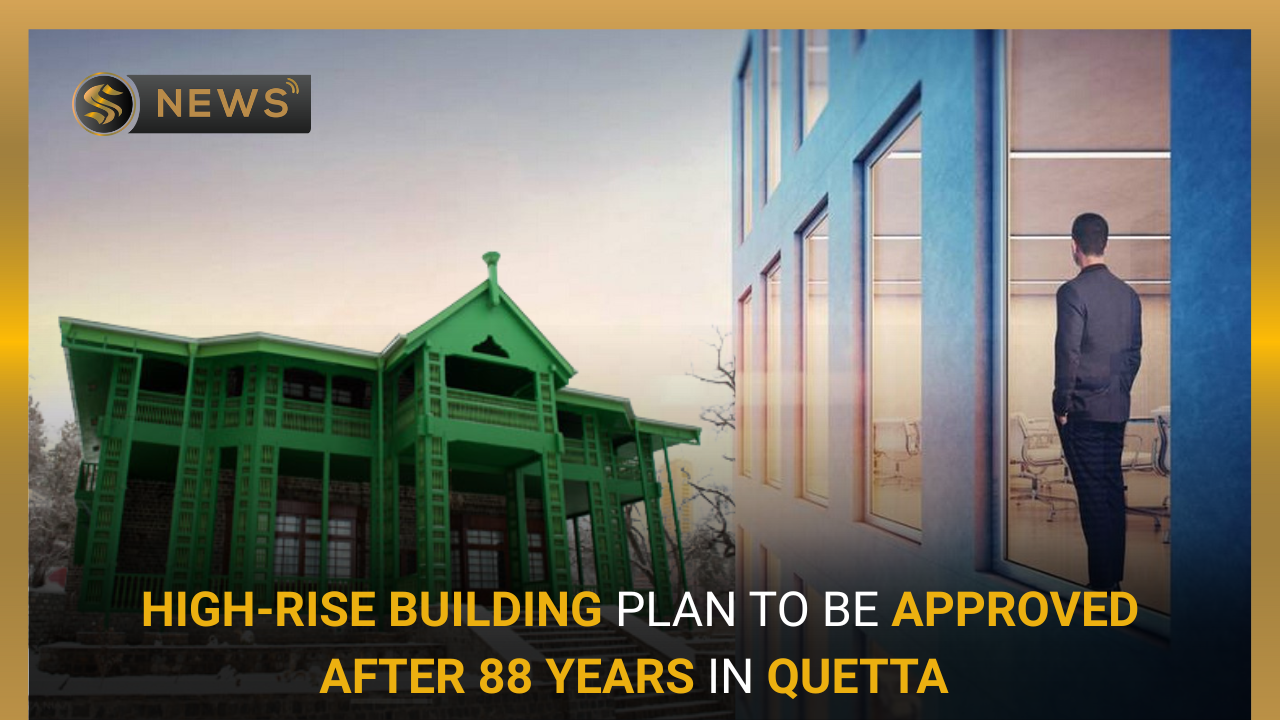
Share This Story, Choose Your Platform!
Construction of High-Rise Buildings in Quetta Subsequent to the 1935 Earthquake
Quetta, the capital city of Baluchistan, has recently taken a significant step towards ensuring the safety and resilience of its structures. By amending the 1937 Building Code Act, Quetta Metropolitan Corporation (QMC) officials have granted conditional permission for the construction of tall buildings. This decision comes as a response to the devastating 1935 earthquake, which highlighted the urgent need for stricter building codes and regulations. This blog explores the implications of this decision, emphasizing the importance of constructing resilient buildings in Quetta.
The Devastating 1935 Earthquake
Quetta was struck by a catastrophic earthquake in 1935, causing immense loss of life and extensive damage to infrastructure. This tragedy served as a wake-up call for the city, underscoring the immediate requirement for more robust building codes and regulations. Recognizing the vulnerabilities exposed by this earthquake, the QMC officials have taken a proactive approach. They have revised the Building Code Act to incorporate stringent regulations and guidelines for the construction of tall buildings. The primary objective of this amendment is to ensure the safety of residents and protect properties from potential disasters.
You May Also Read
Opal Mall & Luxury Suites; A Modern Stand Off
Promoting Safety and Resilience
The updated building code places a strong emphasis on constructing earthquake-resistant structures. It takes into account critical factors such as structural integrity, materials used, and foundation strength to enhance the resilience of buildings against seismic activities. By implementing these guidelines, Quetta aims to create a safer environment for its residents and minimize the risks associated with future earthquakes. The focus on safety and resilience will not only protect lives but also reduce the economic impact of potential disasters, making the city more sustainable in the long run.
Process Outlined in the Building Code Act
To obtain permission for constructing high-rise buildings in Quetta, a meticulous process has been outlined by QMC officials. This process involves thorough evaluations, including soil testing, underground drainage assessments, ground clearance examinations, and scrutiny of the overall structural design. Adherence to these requirements is crucial to ensure that buildings are constructed in compliance with safety standards. By following this rigorous process, Quetta aims to prevent the occurrence of substandard structures and potential disasters, safeguarding the well-being of its residents.

Consequences of Violating the Building Code Act
Quetta authorities are committed to strictly enforcing the regulations outlined in the Building Code Act. Violations will be considered negligent and could lead to severe consequences. By imposing penalties and taking appropriate actions against violators, the city aims to deter non-compliance and prevent potential disasters. This firm stance underscores the city’s dedication to ensuring the safety and well-being of its residents and protecting their properties from avoidable risks.
Significance of the Amendment
The amendment of the 1937 Building Code Act represents a significant milestone in Quetta’s journey towards enhancing safety and resilience. By granting conditional permission for tall buildings and implementing stricter regulations, the city showcases its commitment to creating a secure and sustainable urban environment. This decision not only benefits the current generation but also contributes to the long-term development and prosperity of Quetta. It positions the city as a model for other regions in terms of ensuring the safety and resilience of its structures.
Conclusion
Quetta’s decision to grant conditional permission for the construction of tall buildings, following the amendment of the 1937 Building Code Act, signifies a crucial moment in the city’s development. By prioritizing safety and resilience, Quetta aims to create a more secure and resilient urban landscape. As the construction industry embraces these new regulations, it is expected that Quetta will be better prepared to withstand future earthquakes, effectively safeguarding the lives and properties of its residents and ensuring a prosperous future for the city.




